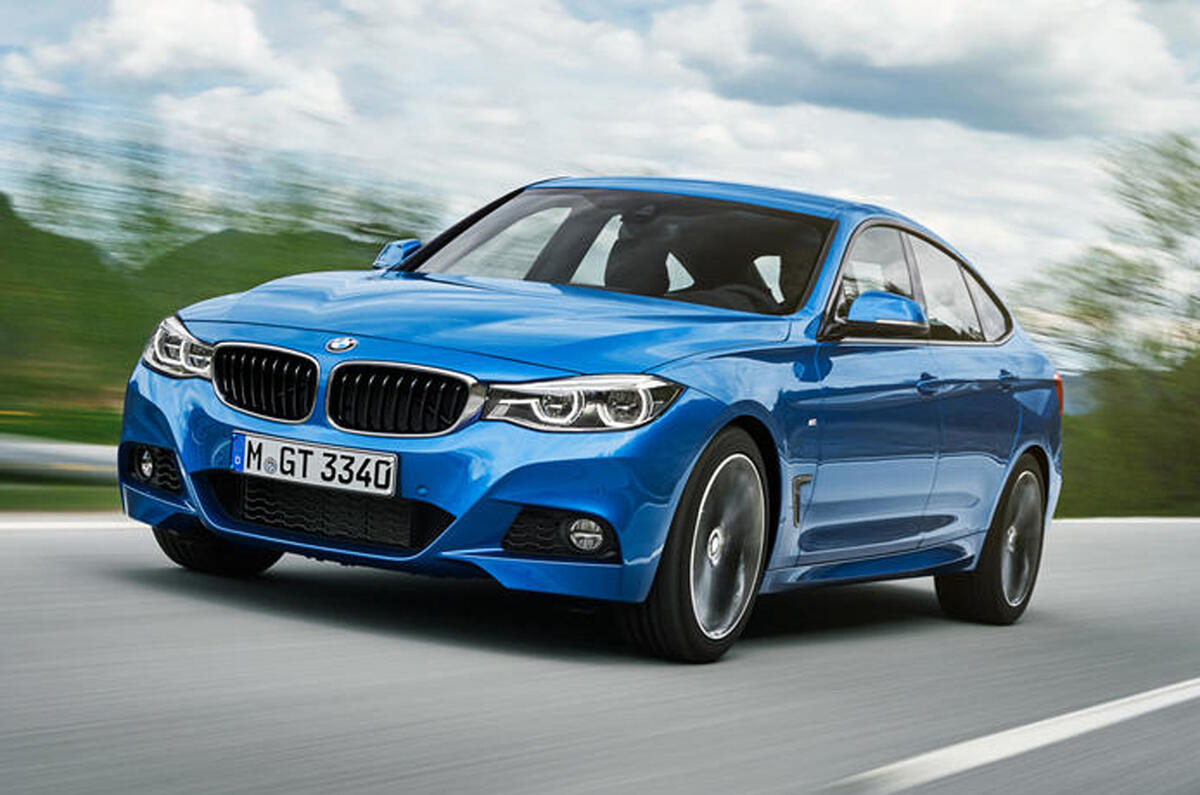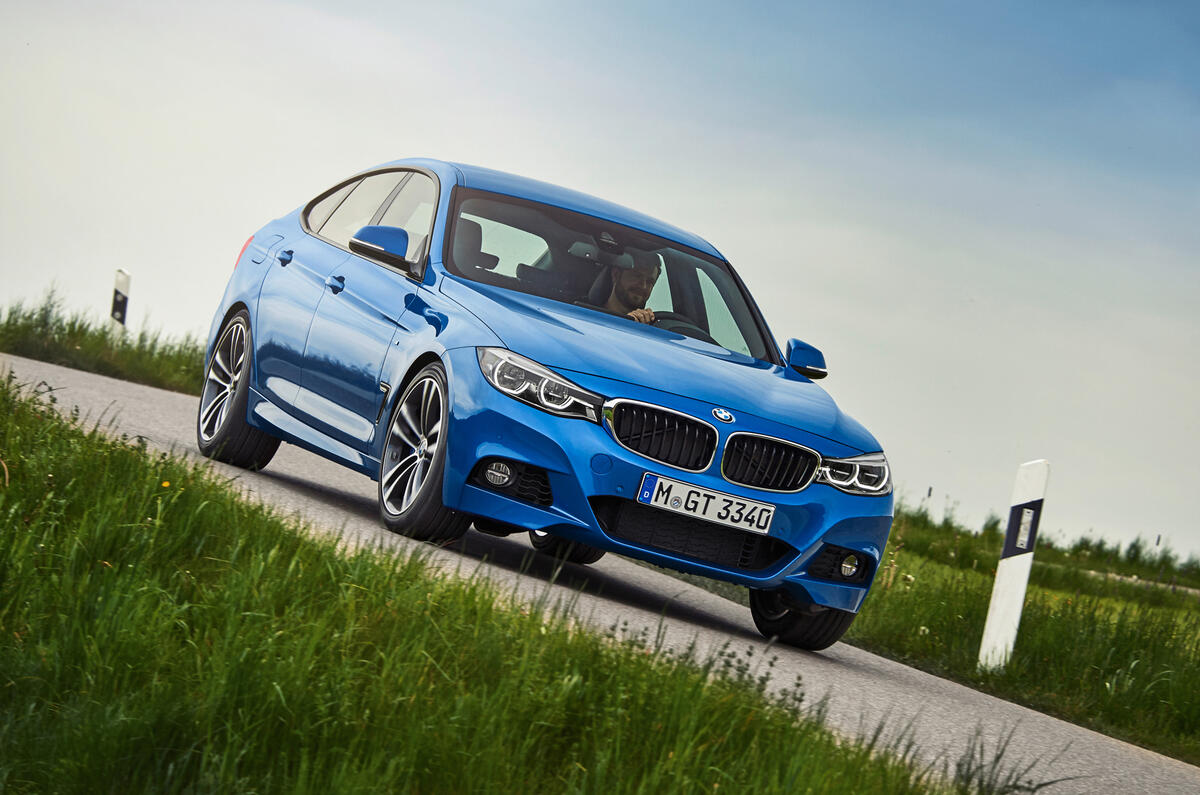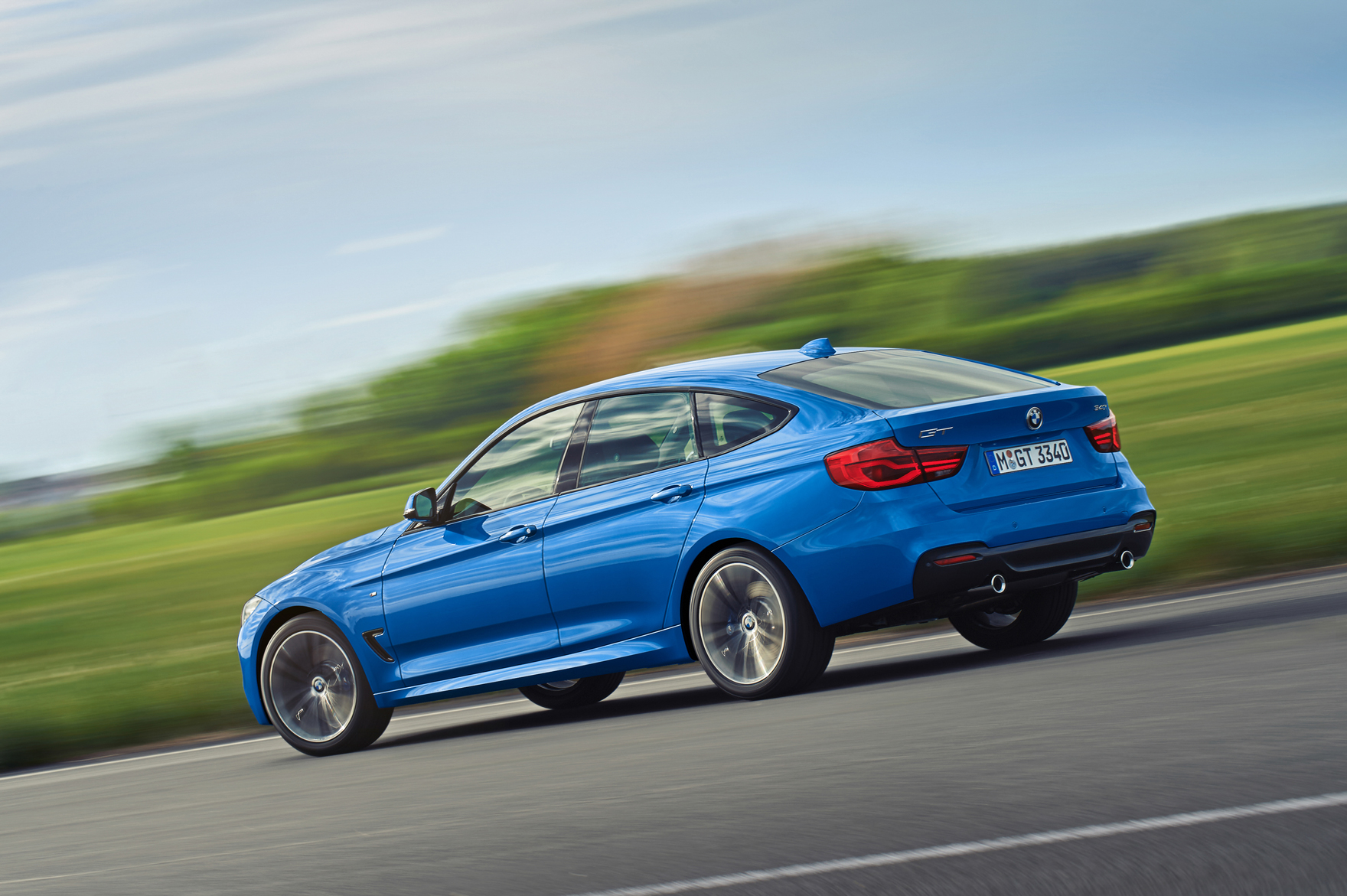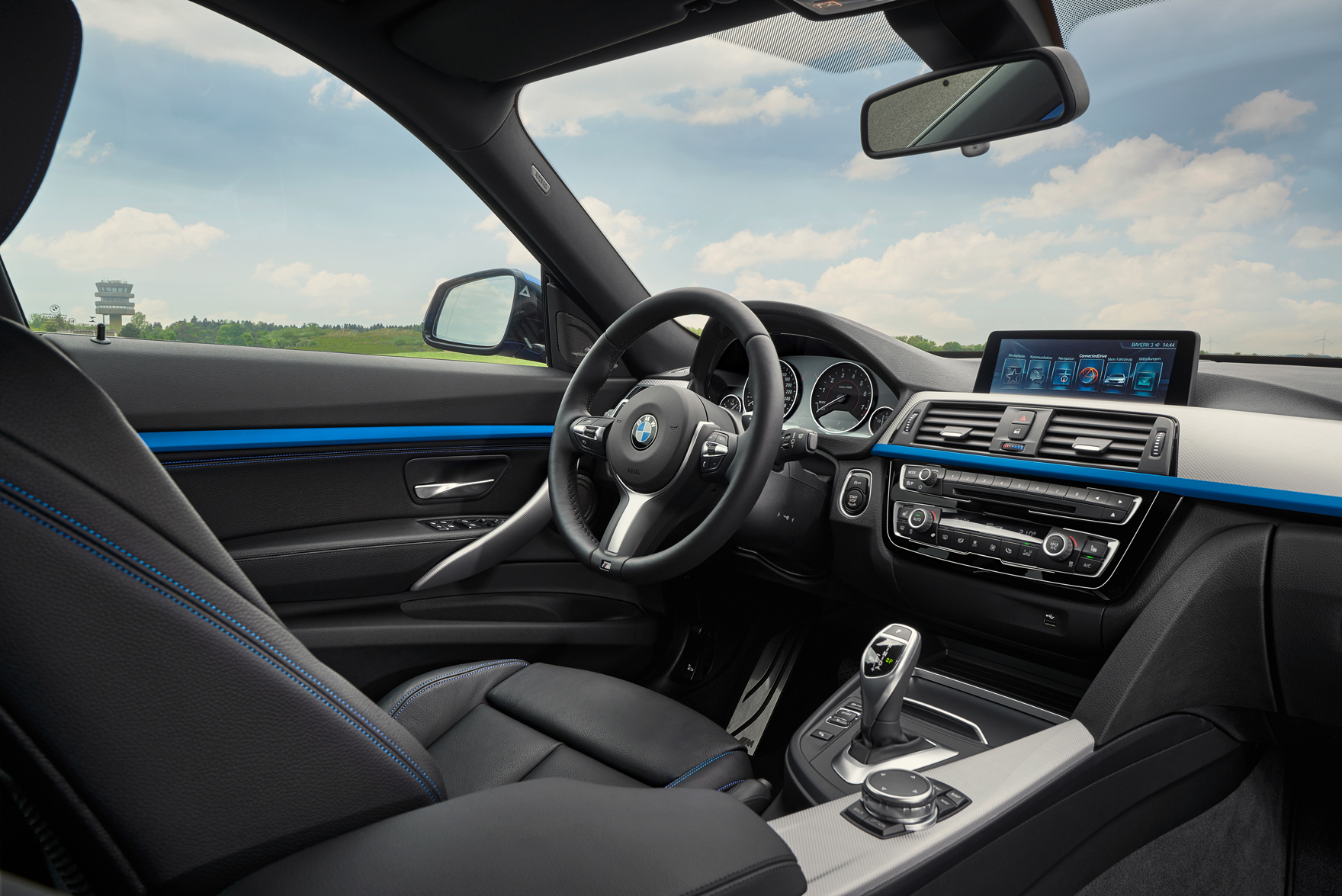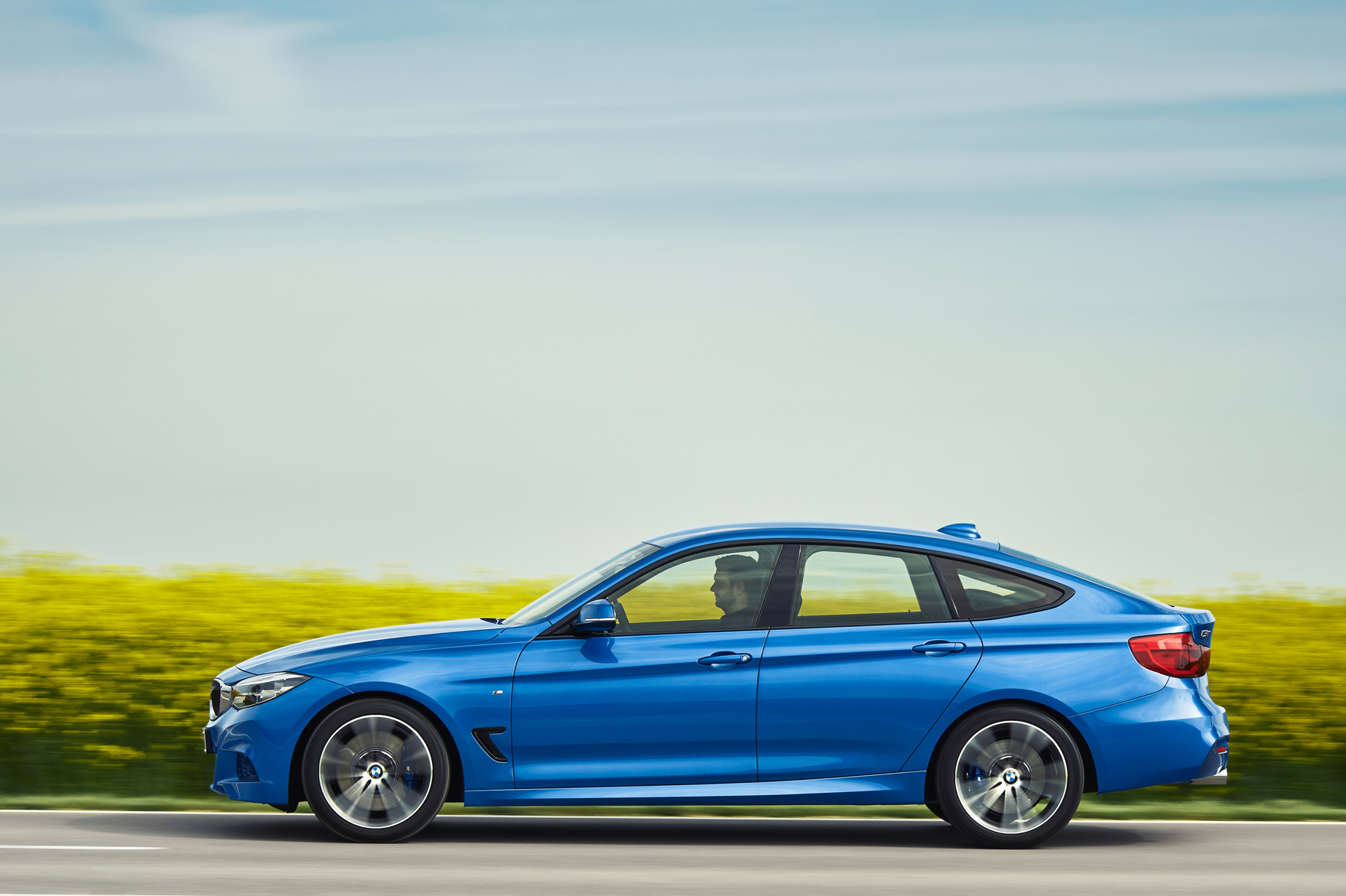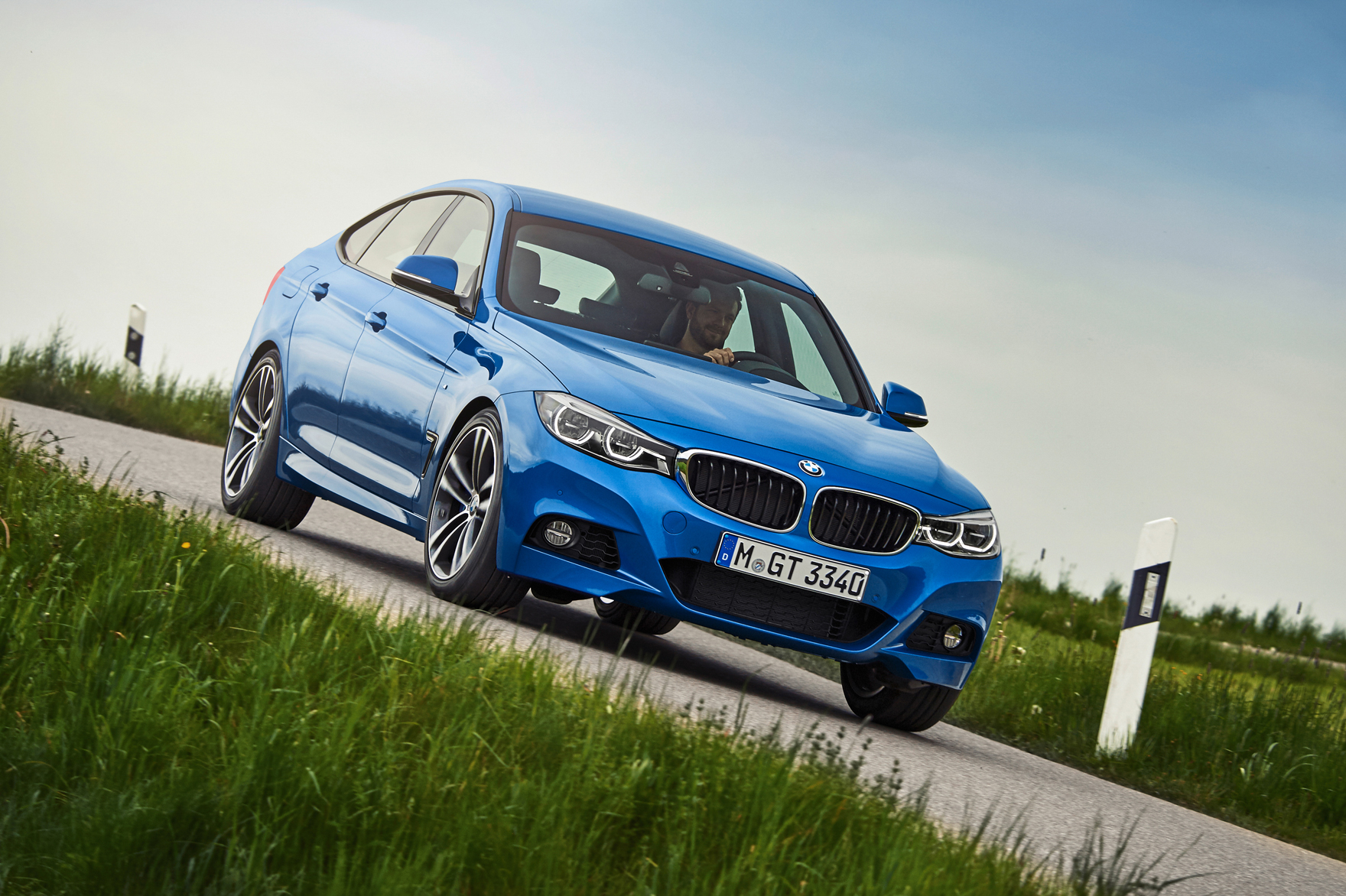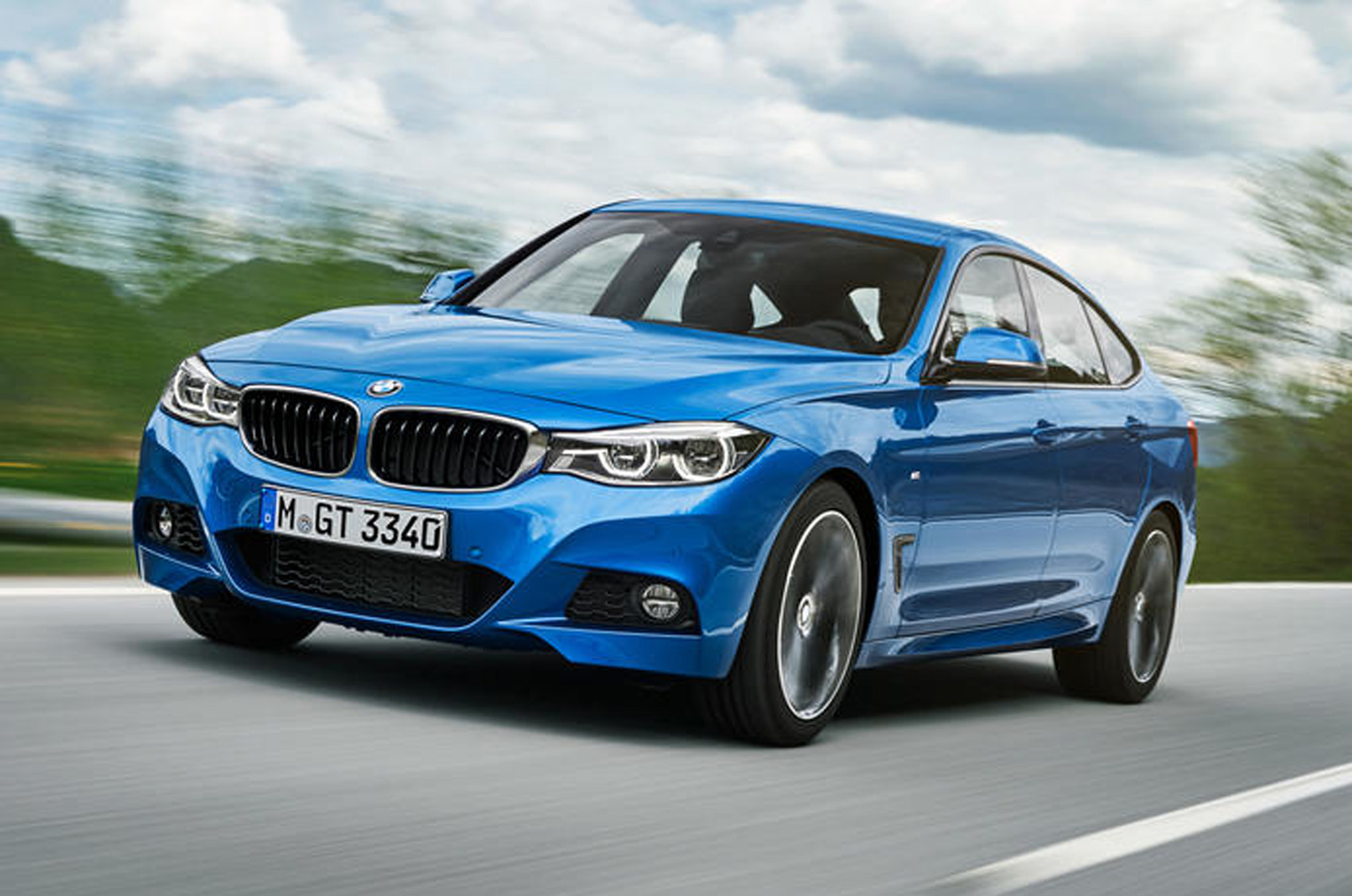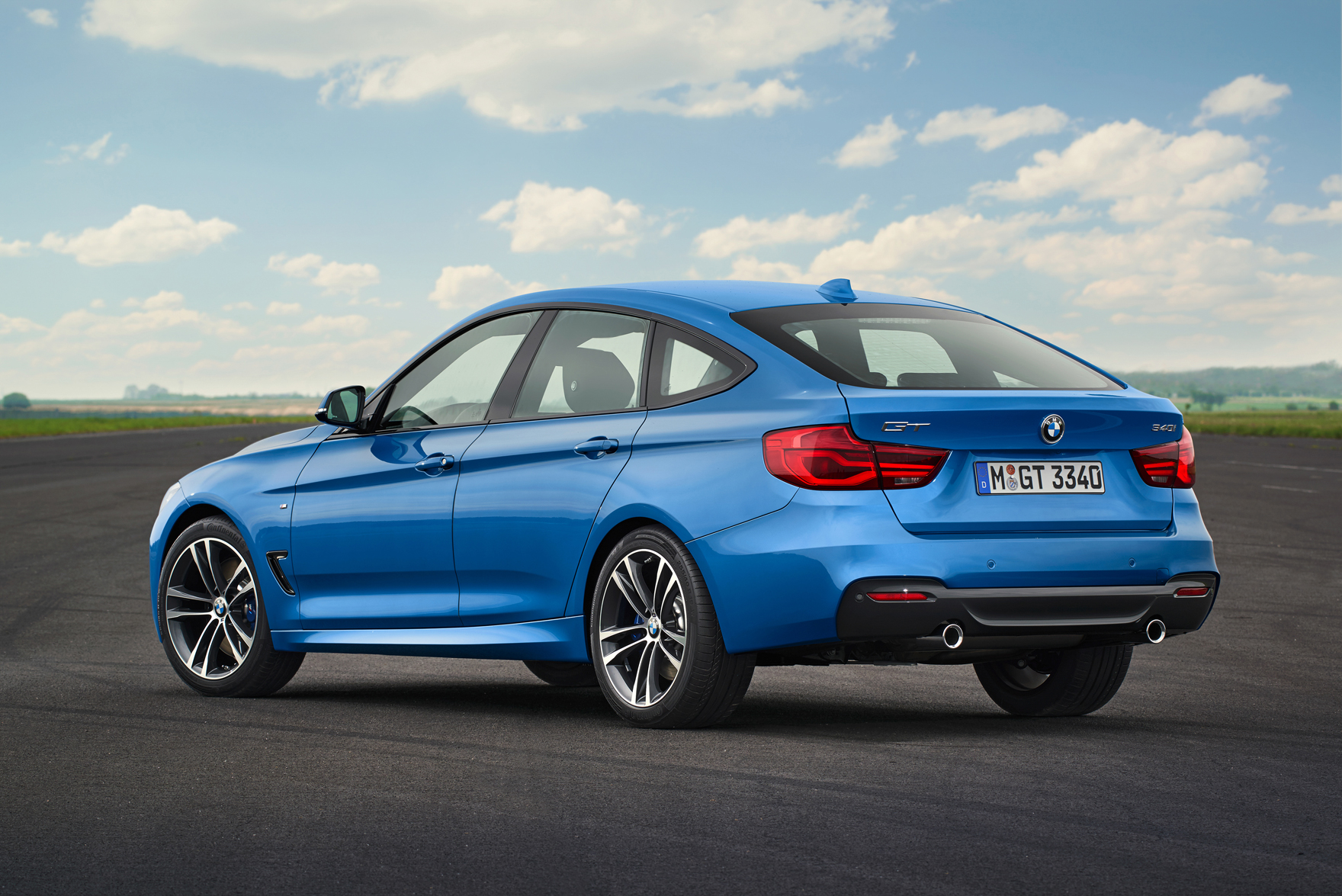Truth be told, none of the available engine options could be considered a poor choice by any means. The diesel engines are relatively quiet, flexible and economical, while the six-cylinder 340i is a powerful, responsive and gratifying option.
It's only the four-cylinder petrols that will potentially leave you wanting. Unless you're a low mileage user, and despite being moderately powerful and quiet, there's little justification in opting for one over one of the four-cylinder diesels. The diesel GTs hold their value better, use less fuel and offer more low-down torque.
Consequently its the diesel options, in particular the 318d and the 320d, that will be most appealing to customers - even more so if they're business users.
There was a time – and it wasn’t that long ago – when a diesel that took less than 10 seconds to sprint from 0-60mph would have been considered perky. Diesels aren’t renowned for their standing-start acceleration, after all.
But that was before the arrival of cars like the BMW 335d, which, even with an automatic gearbox, can do the same thing in 5.5sec. So the fact that the 318d GT wants 9.5sec to get to 60mph is bordering on a disappointment these days.
There are, of course, reasons for it. Neither relates to the 318d GT’s delivery, which is just about smooth and muted enough to meet the prevailing class standard. Instead, the issues are twofold and very obvious.
First, the 318d GT is 40bhp down on even the 320d saloon that we road tested in 2012, and which could hit 60mph in 7.7sec and, more tellingly, accelerate from 30-70mph through its gears in 7.4sec (the 318d GT takes, again, 9.5sec).
Not that there’s a great deal of point in extending it that far, because acceleration has slowly tailed off before then in the inverse fashion to how power slowly builds at the bottom of the rev range. The best work is done from 2000-4000rpm, where it’s easy to stay thanks to the widely spaced throws of a heavily sprung manual gearshift or BMW's rapid-shifting eight-speed automatic.
Is there a bonus to the leisurely gait? There is. The 318d GT proved parsimoniously frugal in our hands. In a week of driving that was fairly typical, the GT returned 50.4mpg. In a five-seat, 1675kg hatchback, that’s remarkable.
BMW's 320d GT is much the same, albeit with more torque and brisker acceleration. It's also notably faster from 0-62mph, so those who frequently drive across country or in stop-start traffic may find it more agreeable. The 330d is the same again, with approximately another second knocked of the 0-62mph time and swifter in-gear performance.
Transmission options include a smooth six-speed manual gearbox or the exceptional eight-speed automatic. If you're not that fussed about a manual transmission, or want to use the GT regularly, it's worth going for the eight-speed automatic as it chooses its gears well and suits the car's character.



